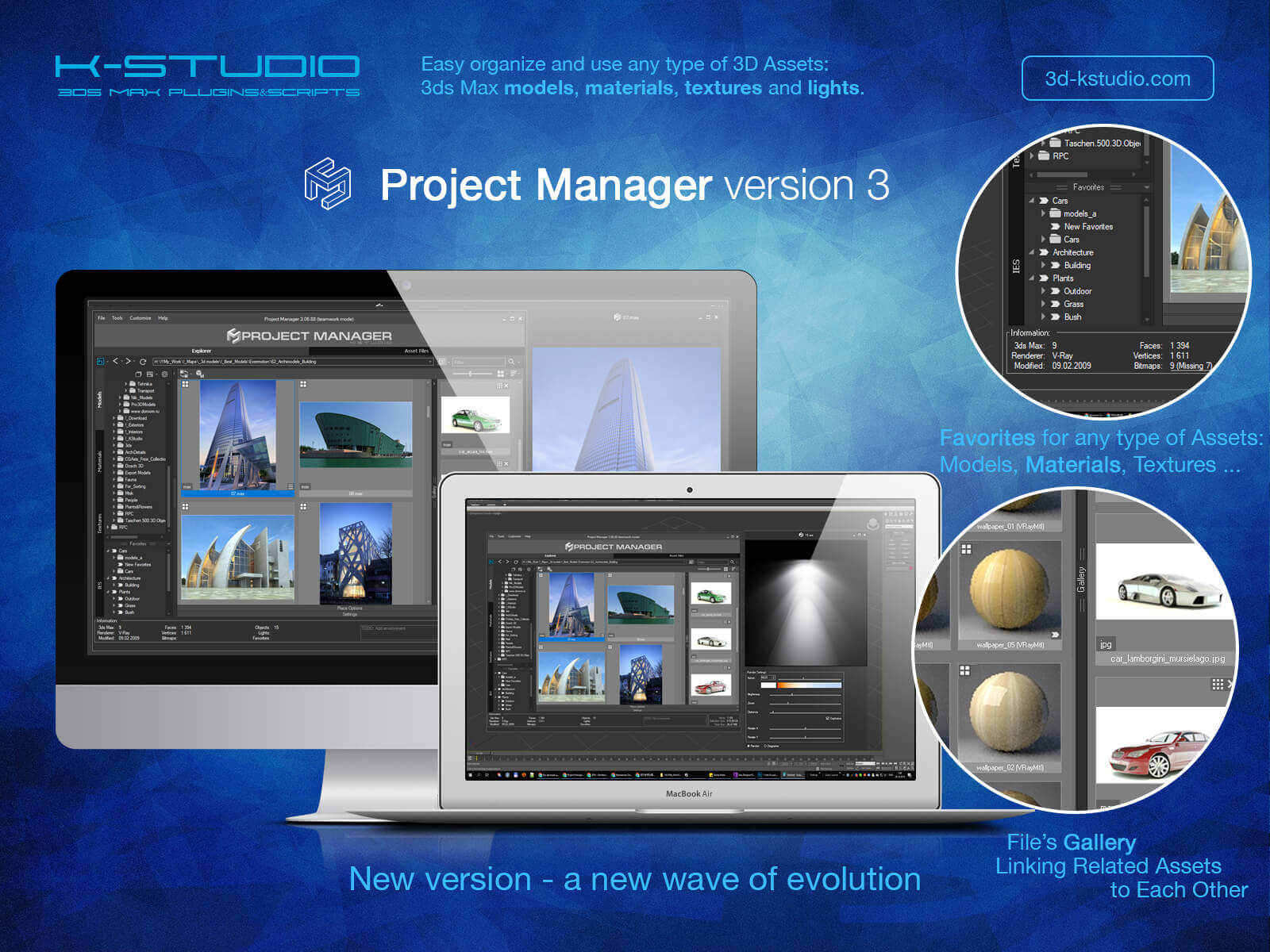

3DS MAX STUDIO EDITING OBJECT HOW TO
You need to know how to UVW Map or even unwrap for texturing a smesh. In the Material editor, make sure "Show Map in Viewport" is selected, and then assign the material to the selection with the "Assign Material to Selection" button, which can also be found in the material editor. In the perspective viewport, I've now selected the polys that I want to texture with this material.

Note that you can also import existing matlibs to avoid creating new material libraries for exisitng textures. DDS textures can be found in:Ĭ:\Program Files\Thief - Deadly Shadows\CONTENT\T3\Textures Usually you will want 1 diffuse map and 1 normal map per texture). (Diffuse maps are suffixed with _D and normal maps are suffixed with _N.

I chose KEPwallB_D.dds texture as the Diffuse1 map and KEPwallB_N.dds as the normal map. In order to texture the mesh, open up the materials editor and change the diffuse parameter of the first available material to "Ion Shader" from the Material/Map Browser. I'm going to use a model of a flying buttress I created earlier, it's pretty 'Thiefy' and would be the kind of thing you're likely to want to model and import. I'm assuming people have set up their copy of 3ds max correctly with regards to plugins and environment variables and such as per the MaxConfig document. I recommend the tutorials on Unreal Technology (2nd issue, 3rd to 5th lesson). You will need to register on that page but it is really worth it. If you don't know how to model a static mesh yet, you should take a look at some of the videotrainings at. I've written a tutorial for getting started with custom smeshes, this covers the stuff that is in the supplied document, but goes into a bit more detail with a bit more hand-holding.



 0 kommentar(er)
0 kommentar(er)
